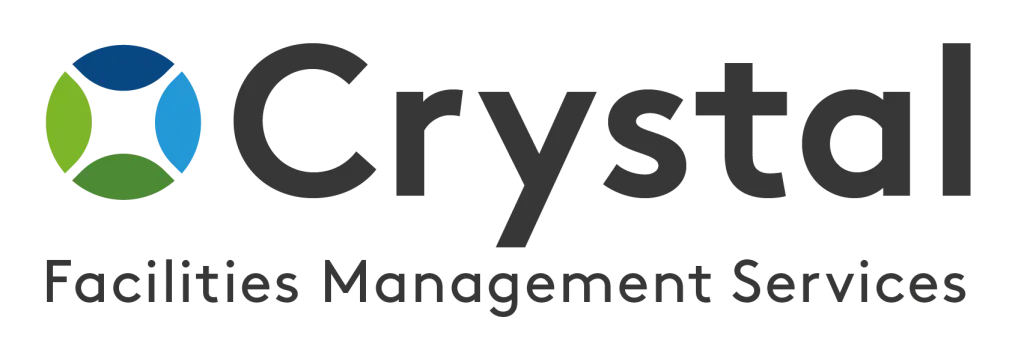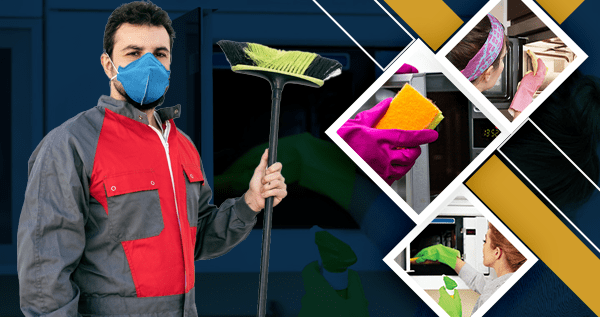Best Practices for Effective Higher Education Cleaning
Keeping higher education institutions clean is of utmost importance in maintaining a healthy and productive learning environment. A clean campus not only improves the overall aesthetics but also prevents the spread of diseases and provides a positive experience for students, faculty, and staff. In this article, we will discuss some best practices for effective higher education cleaning that can be implemented to ensure cleanliness and hygiene across the campus.
The Benefits of Professional Cleaning Services
While some educational institutions opt for in-house cleaning teams, outsourcing cleaning services to professional companies like Crystal Facilities Management can bring a multitude of benefits. Here are a few advantages of hiring professional cleaning services:
- Expertise: Professional cleaning companies have a dedicated team of trained and experienced cleaners who know the best practices for effective cleaning in educational environments.
- Efficiency: Outsourcing cleaning tasks allows educational institutions to focus on their core activities while leaving the cleaning responsibilities to the professionals.
- Consistency: Professional cleaning companies adhere to a regular cleaning schedule, ensuring that all areas are consistently maintained and cleaned.
- Specialized Services: Professional cleaning companies offer a range of specialized services, including floor care, deep cleaning, and carpet cleaning, which can greatly enhance the cleanliness of educational facilities.
- Cost-Effectiveness: Outsourcing cleaning services can often be more cost-effective for educational institutions compared to maintaining an in-house cleaning team.
Developing a Cleaning Plan
Before implementing any cleaning practices, it is essential to develop a comprehensive cleaning plan tailored to the specific needs of the higher education institution. The following steps can help in developing an effective cleaning plan:
- Assessment: Conduct a thorough assessment of the facility to identify areas that require regular cleaning and those that need specialized attention.
- Prioritization: Prioritize cleaning tasks based on their importance and the frequency of use of different areas on the campus.
- Resource Allocation: Allocate the necessary resources, including equipment, cleaning products, and personnel, to ensure the cleaning plan is executed efficiently.
- Regular Reviews: Regularly review and update the cleaning plan to incorporate changes in the institution’s needs or feedback from the users.
Maintaining Hygiene in Common Areas
Common areas such as cafeterias, libraries, and restrooms require special attention to maintain hygiene and prevent the spread of germs. Here are a few best practices for cleaning common areas:
- Frequent Cleaning: Common areas should be cleaned and disinfected multiple times a day, especially high-touch surfaces like door handles, tables, and seating areas.
- Proper Waste Management: Ensure that trash bins are regularly emptied and waste is disposed of properly to maintain cleanliness and prevent foul odors.
- Deep Cleaning: Schedule regular deep cleaning for carpets, upholstery, and other fabric surfaces to remove accumulated dust, dirt, and allergens.
- Restroom Sanitation: Restrooms should be thoroughly cleaned and disinfected multiple times a day, paying special attention to toilet seats, sinks, faucets, and door handles.
Ensuring Clean and Healthy Classrooms
Classrooms are the primary learning spaces where students and teachers spend a significant amount of time. It is crucial to maintain clean and healthy classrooms to provide a conducive environment for effective teaching and learning. The following practices can help in achieving cleanliness in classrooms:
- Regular Dusting and Sweeping: Dusting and sweeping the floors and surfaces of classrooms should be done daily to prevent the accumulation of dust, debris, and allergens.
- Floor Maintenance: Implement a regular floor cleaning and maintenance schedule to keep the floors clean, shiny, and free from scratches.
- Window and Whiteboard Cleaning: Wipe down windows, glass panes, and whiteboards regularly to maintain visibility and cleanliness.
- Air Quality Control: Ensure proper ventilation in classrooms to improve air quality and minimize the concentration of airborne pollutants.
Creating a Clean and Inviting Campus
In addition to maintaining cleanliness in classrooms and common areas, it is essential to create a clean and inviting campus environment. This can directly impact the reputation of the institution and contribute to the overall well-being of the students and staff. Here are some best practices:
- Exterior Maintenance: Regularly clean and maintain the exterior areas, including walkways, parking lots, and outdoor seating areas, to create a positive first impression.
- Landscaping: Keep the green spaces well-maintained and free from litter, weeds, and overgrown vegetation.
- Waste Management: Install sufficient trash bins across the campus and regularly empty them to prevent littering and promote cleanliness.
- Regular Inspections: Conduct regular inspections to identify areas that require immediate cleaning or maintenance attention.
Conclusion
Effective higher education cleaning is crucial for maintaining a healthy and conducive learning environment. Outsourcing cleaning services to professional companies like Crystal Facilities Management can ensure the implementation of best practices and the highest standards of cleanliness. By developing a comprehensive cleaning plan, paying attention to common areas and classrooms, and creating a clean and inviting campus, educational institutions can provide an optimal environment for students, faculty, and staff.












